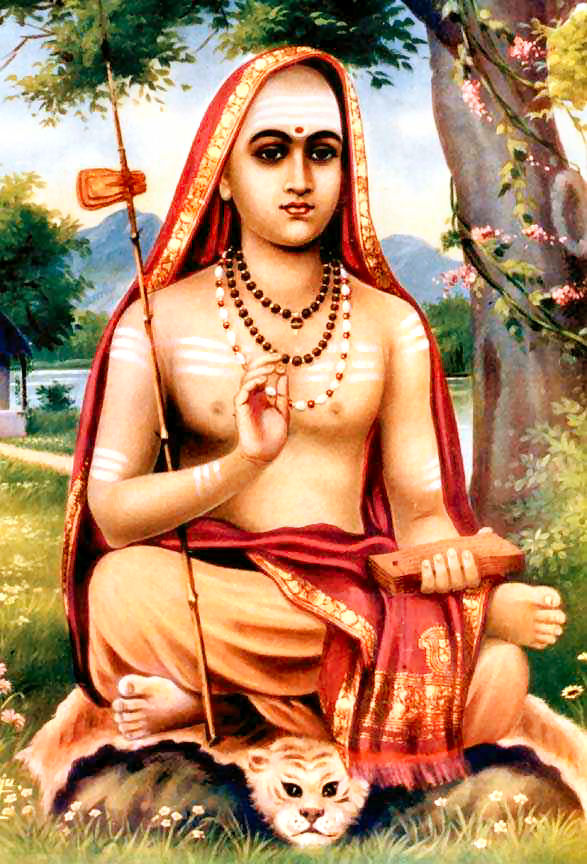[h=1]Nothing Equal to Sri Sankara Jayanthi Maha Punniya Kalam-Why? [/h]https://mahaperiyavaa.wordpress.com/2016/05/10/nothing-equal-to-sri-sankara-jayanthi-maha-punniya-kalam-why/
This most holy and auspicious birth (Sri Sankara’s birth event) took place during the year, Nandana, Vishaka month, Pure Panchami thithi and in Abhijeet muhurth. Visaka, pure Panchami means the Panchami occurring during valarpirai (the waxing moon period), that is, the Panchami occurring subsequent to the Amavasya of Chitra month.
Abhijeet muhurth means the time when Sun is directly above us in the afternoon and which is capable of bestowing great success. The star of the day was Thiruvadirai (Arudhra), the star which has Lord Shiva as its deity. Similar to Shri Ram, Acharya’s birth took place at a rare moment when 5 planets were at their peak. (There is also a belief that Acharya’s star is also Punarvasu, just like that of Shri Ram. We also observe that Visagha Panchami always occurs on a day
having either Arudhra or Punarvasu star). If I say that nothing can compare to the most auspicious event of the birth of Sri Sankara, you may wonder whether I am praising it so highly, because it is prakruth vishayam (we are presently discussing the topic of his birth). Or because we are descendants, following the path prescribed by Him or because that I belong to His Sri Matam and able to gather audiences by virtue of being a Swami (saint) having the same name. In other words, you may think that I am highlighting that way out of pride or vanity. These are not the reasons which I have attributed to its greatness.
This is not any imagination or exaggeration or eulogy, but due to its very inherent greatness. I say that the time of the birth of our Acharya is the holiest. There are so many holy events, like Shivarathri, Gokulashtami, Sri Rama Navami, Narsimha Jayanthi, Saraswathi Pooja, Vijaya dhasami, Vinayaka Chathurthi, Skanda Sashti etc. And also the holy period of Utharayana, Dhakshinayan etc. All these certainly are very auspicious. However, still, Adi Sankara’s birth event is the most auspicious.
How?
The holy events I just said and which find mention in the Vedas or Holy scriptures, are all being observed since time immemorial or eons.
This auspicious occasion (the birth anniversary of Shri Adi Sankara) has happened much later. Still how do I say that it is the holiest or most auspicious.
Ok, Why did this auspicious event occur?
Only for re-establishing the vedas, holy scriptures and doctrines.
What would have happened if this holy event had not taken place?
Religions like Budhism or religions like Sankhyam, Meemamsai etc., which do not promote devotion to God, would have spread far and wide. If they had spread like that, who would have celebrated Sivarathri, Sri Ram Navami etc? All such holy events would have been razed by the non-religious beliefs. More or less, only in such circumstances when
observing the other holy events was a big struggle, this holy event of Acharya’s birth had taken place. And helped in re-establishing the vedic path and resurrected and re-established the other holy events.
If today, we are celebrating the auspicious occasions of Sivarathri, Sri Rama Navami, Gokulashtami etc., it is because of the occurrence of the holy event of the birth of our Acharya. If this one birth had not been there, there would not have been any other. Because this birth event helped in protecting the other holy events, Sri Sankara’s birth is considered the most holy or auspicious event among all holy events.
I mentioned that the word “Jaya” is aptly associated with Acharya and chanted all over the world, as Jaya Jaya Sankara. The specialty of this Jayanthi (Adi Sankara’s birth event) should also be included in that.



